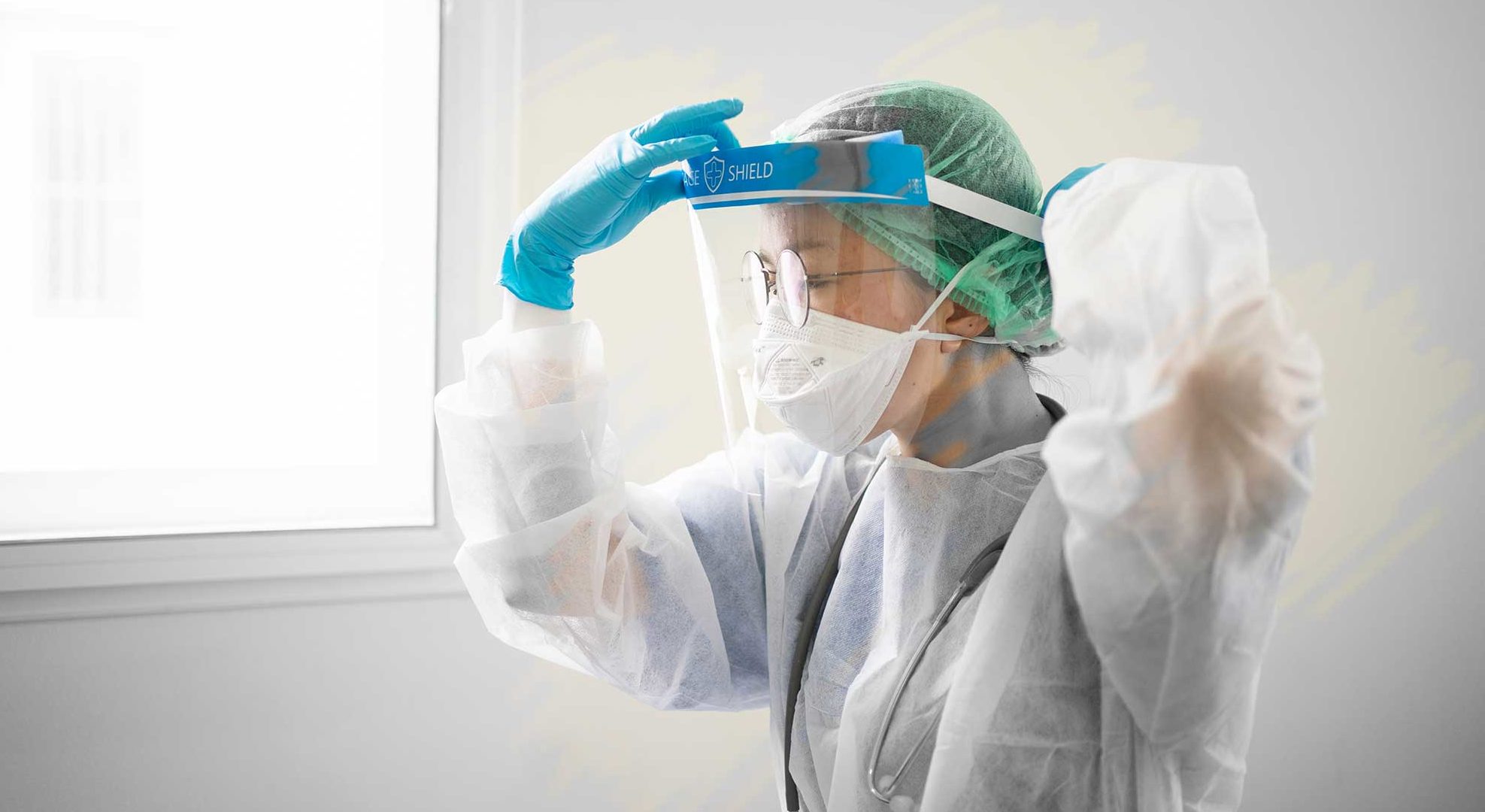 Holly Foley calls for more research into the necessary PPE required in dental practices for both dental staff and the patients.
Holly Foley calls for more research into the necessary PPE required in dental practices for both dental staff and the patients.
Dentists across the UK are currently choosing from the array of available personal protective equipment (PPE). All whilst the country remains on amber alert within the COVID-19 pandemic.
Each nation has its own dynamic PPE guidelines, drawn up by their different public health organisations whilst following the latest evidence from SAGE.
Donning and doffing joins dentistry’s regular daily vocabulary. Much like social-distancing, furlough, SOPS, lockdown and dare I mention the dreaded F word – fallow time!
The choice to offer aerosol generating procedure (AGP) treatments and ‘donning’ the intense enhanced PPE comes with mixed feelings. Feelings of relief to finally put down the phone and help our patients. Accompanied by a nervous sense of risk and possible exposure to coronavirus from patients and across the dental team.
Non-AGP PPE is the norm within the profession. We are familiar with it and comfortable delivering care to our patients. Whilst other healthcare professionals struggle with a visor and face mask.
We are trying to accommodate our loupes and maintain normal body temperature as we struggle into full gowns, aprons, visors and FFP2/3 for an eight to 10-hour working day.
Particularly as Denning et al (2020) recently identified that donning enhanced PPE has the potential to restrict the standards to provide high-quality patient care.
Environmental impact
The decision of what PPE suits your practice, providing it follows national guidelines, is a personal choice.
Having spent a few hours in an uncomfortable FFP3 mask, I opted for the PAPR suit. It feels like air conditioning on your face, which the patients can now clearly see. This is great for your make-up, but you look like you have just stepped out of something from Alien.
However, the pressure on your head holding the hood is really tiring and very daunting to paediatric and anxious patients. This results in clinicians utilising social media to forewarn patients of our new attire.
Another choice is whether to use single use or reusable gowns. The decision to increase the clinical waste or have an outlay of installing a practice washing machine is a new decision as well.
Factoring in the clinical waste, which is increasing exponentially, goes against the NHS advice of reducing individuals and hospitals carbon footprint (Bardolia, 2019). Alongside the government’s Carbon Plan (2015) aiming for a zero-waste economy.
Following the COVID-19 outbreak, the ethos of promoting a future-sustainable NHS, appears lost in translation.
PPE challenges
Financial implications of the PPE are astronomical in comparison to pre COVID PPE. A box of surgical face masks has quadrupled as companies monopolise and we fight beauticians, hairdressers and the general public in procurement.
‘Donning’ new enhanced PPE for each patient has practice owners cringing, as we dispose of multiple single-use mop heads after every appointment.
Some NHS practices will continue with their NHS contract payments. Nevertheless, this new outlay is not accounted for. There are additional costs to private practices who face missed revenue, as they struggle to deliver prudent patient healthcare.
The release of the Cochrane review by Verbeek et al (2020), and the update was very informative and indicated current global PPE practice.
However, the evidence was limited in relation to dentistry. There was a lack of dental studies for consideration.
The evidence highlighting that covering more parts of the body leads to better protection was minimal. But it comes at the cost of more difficult donning or doffing and less user comfort.
The importance of PPE and the need for more evidence-based research is urgently required to support UK dentist’s decision making. The sooner the better.
The jury is still out; but our working constraints remain.
COVID-19 hit in January 2020. Seven months on, the future of PPE is far from over.
With students and DFTs set to start in September 2020, the SDCEP is yet to release fallow time research. The race for practice owners is on to juggle fit testing and the choice of when and how to offer patients AGP treatments.
It remains challenging and the responsibility for both patients’ and dental professionals’ safety looms large in general dental practice.
References
Bardolia P (2019). The environmental impact of dentistry. British Dent Journal, 226(9): 634
Denning DW, Ucer C, Kilcoyne T and Rees E (2020) Can combined triage and SARS-CoV-2 testing allow for a safe return to routine dentistry? Dentistry 26(11): 26-8
Verbeek JH, Rajamaki B, Ijaz S, Sauni R, Toomey E, Blackwood B, Tikka C, Ruotsalainen JH, Kilinc Balci FS (2020). Personal protective equipment for preventing highly infectious diseases due to exposure to contaminated body fluids in healthcare staff. Cochrane Database of Systematic Reviews Issue 5


